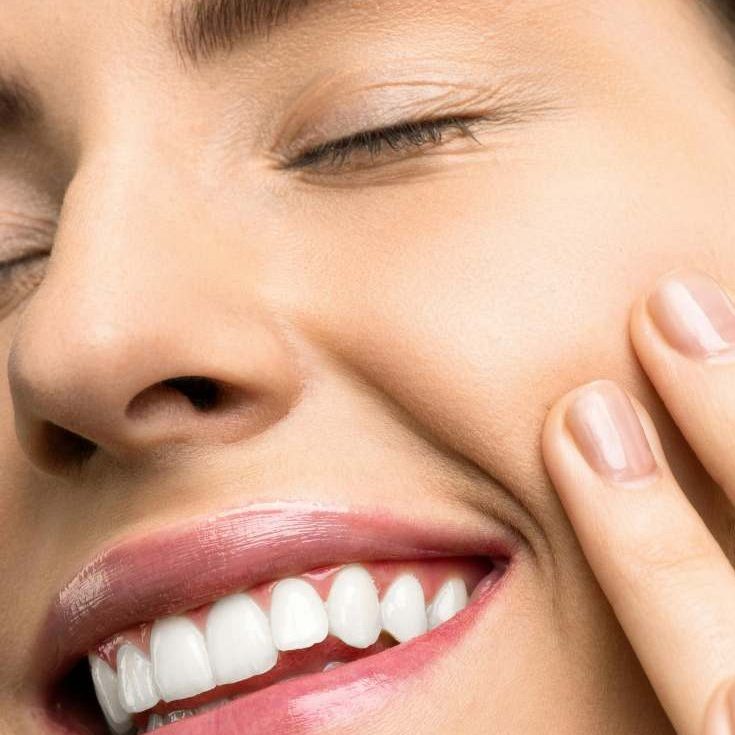
The promise of a perfectly aligned smile draws many patients to Invisalign. However, maintaining results requires ongoing effort, as teeth naturally shift over time.
What happens to teeth after Invisalign treatment is completed?
After Invisalign, teeth are guided into their desired positions through consistent pressure from aligners. However, teeth are held in place by periodontal ligaments, which are flexible and have a “memory” of their original positions. Research suggests it takes approximately 232 days for the bone structure to stabilise around newly aligned teeth.
Teeth remain susceptible to movement during this period, and natural age-related changes can also affect alignment. A study in the European Journal of Orthodontics found that up to 70% of patients experience some degree of tooth movement decades after treatment.
Why do teeth shift after orthodontic treatment?
Biological and behavioural factors contribute to post-treatment tooth movement. Ageing affects jaw dimensions, often causing crowding in the lower incisors. Bruxism (teeth grinding) is another factor, with 8-10% of UK adults experiencing nighttime grinding.
Poor oral habits, such as tongue thrusting or mouth breathing, can also lead to gradual shifts. Additionally, tooth loss creates space for neighbouring teeth to drift, potentially compromising alignment.
How can I maintain my Invisalign results long-term?
Consistent retainer use is the most effective way to maintain results. Retainers hold teeth in place while bone and tissues adapt. Orthodontists typically recommend wearing retainers full-time for the first few months, followed by nighttime wear indefinitely.
A long-term study found that patients who consistently wore retainers maintained 85% of their results, compared to significant relapse in inconsistent wearers. Regular dental check-ups are also essential to address issues like grinding or emerging wisdom teeth.
For those prone to bruxism, a nightguard combined with a retainer can prevent gradual shifting and protect tooth surfaces.
When might retreatment be necessary?
Despite best efforts, some patients may require retreatment due to lapses in retainer use, growth changes, or new oral habits. Minor shifts can often be corrected with a limited series of aligners, known as Invisalign “refinement” treatment.
Approximately 15-20% of orthodontic patients seek retreatment within 10 years of their initial treatment. Early intervention can minimise the need for extensive corrections.
How do long-term results of Invisalign compare to traditional braces?
Research shows that with proper retention, both Invisalign and traditional braces offer comparable long-term stability. A 5-year follow-up study found no significant difference in relapse rates between the two methods.
Ultimately, the key to lasting results lies in the retention phase. Consistent retainer wear, good oral hygiene, and addressing habits like grinding are more critical than the initial treatment method.
While no orthodontic treatment guarantees permanently straight teeth without maintenance, committing to proper retention protocols ensures your investment in a straighter smile lasts for years to come.
Secure your straight smile for years to come! Book a consultation with A1 Dental to learn how to maintain your Invisalign results long-term.

Recent Comments